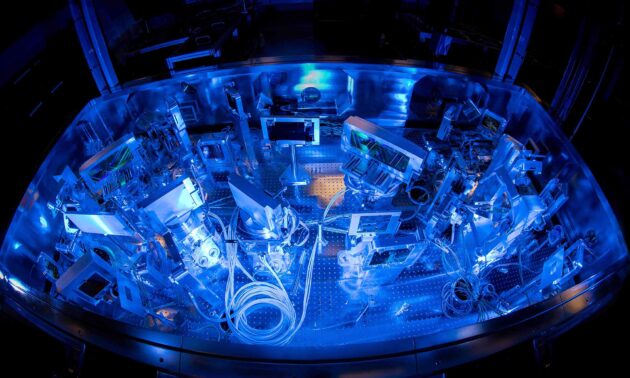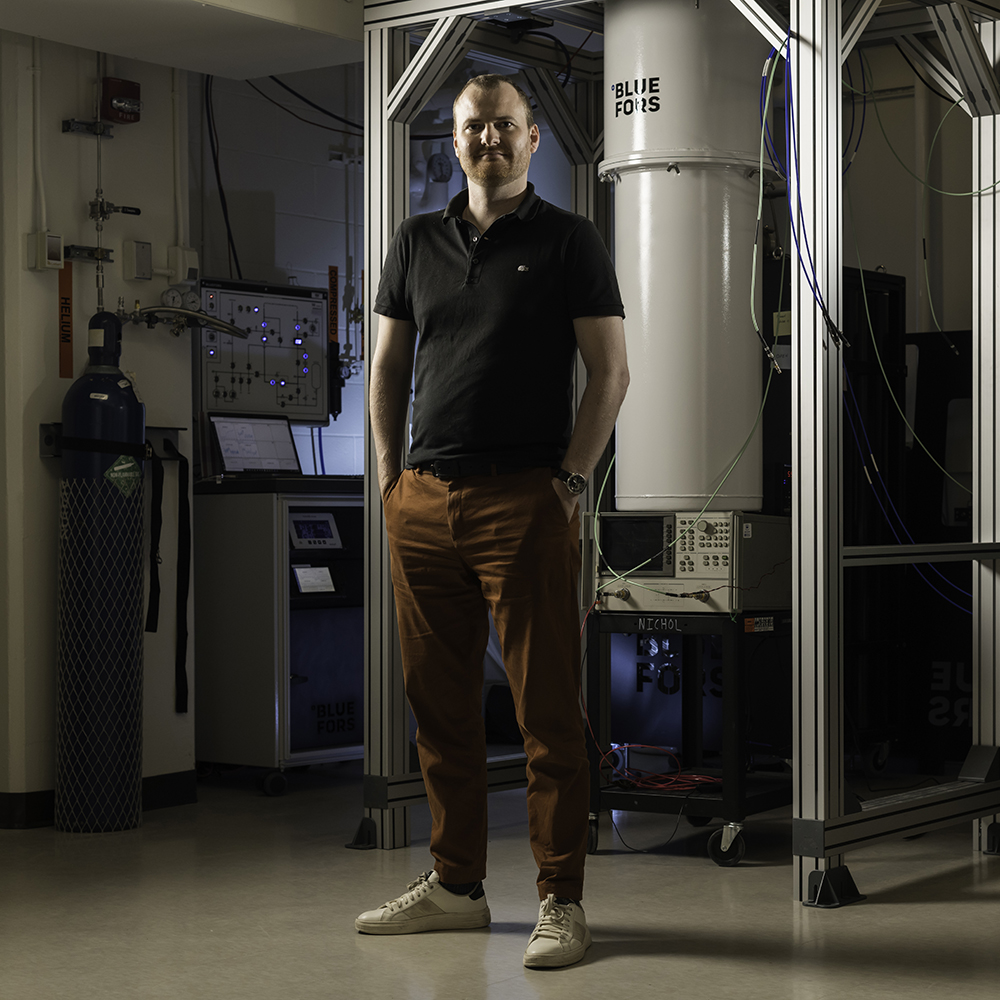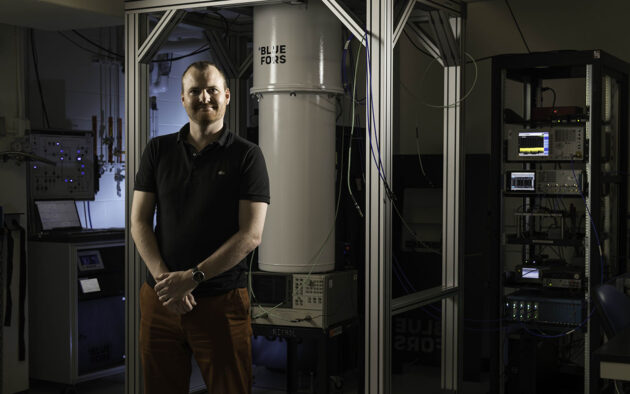
URochester researcher joins global effort to advance quantum electrodynamics
Antonino Di Piazza leads on theory for a multimillion-dollar project exploring the limits of light–matter interaction.
The Center for Coherence and Quantum Science (CCQS) is a collaboration of researchers from a range of disciplines across the University of Rochester. By pooling our skills and resources, we push the frontiers of the field of quantum and classical coherence to new areas. We also enable practical applications within the areas of optical science and optical engineering.
Learn MoreAn interdisciplinary academic program providing courses in a number of departments allowing students and researchers to cross conventional disciplinary boundaries in pursuit of solutions to problems.
Regular seminars by local and national speakers, which bring together the center’s members and encourages new and novel collaborations.
Workshops and conferences, as well as short- and long-term visits by researchers at all levels, including students, postdoctoral fellows, and senior visiting faculty.
Quantum information science and engineering at the University of Rochester encompass numerous programs and departments such as chemistry, computer science, electrical engineering, mathematics, mechanical engineering, optics, physics and astronomy, and world-class research centers such as the Laboratory for Laser Energetics.

Faculty Awards
Machiel Blok, an assistant professor in the Department of Physics and Astronomy, has received the Leonard Mandel Faculty Fellowship. The award recognizes exceptional achievement by a junior faculty member in coherence and quantum science.
Blok’s research explores quantum effects in electrical circuits that operate near absolute zero where electric current can flow without resistance. His lab specializes in beyond binary encodings of quantum information using qudits. These could serve as key components of future quantum simulators that use quantum computers to mimic nature itself, revealing behavior of molecules and materials that traditional computers can’t fully capture.
The Mandel faculty fellow award was established in 2014 by the Department of Physics and Astronomy in honor of the late Leonard Mandel, a long-time University of Rochester physicist and pioneer of quantum optics.
Read more about Machiel Blok’s research
Antonino Di Piazza leads on theory for a multimillion-dollar project exploring the limits of light–matter interaction.

Machiel Blok’s research in superconducting circuits builds on the same quantum effects recognized by the 2025 Nobel Prize in Physics.

The strengths and limitations of computing advances are pushing the boundaries of what quantum machines can do.

The theory explains how quantum environments can steer chemical reactions—speeding them up or slowing them down without adding heat or light.
The Rochester Conference on Coherence and Quantum Science (CQS) (Formerly Rochester Conference on Coherence and Quantum Optics (CQO)) has been held every six years since the inception in 1960, essentially coincident with the first observation of lasing. Topics of interest include all aspects of experimental and theoretical coherence, quantum optics, quantum information and quantum measurement.